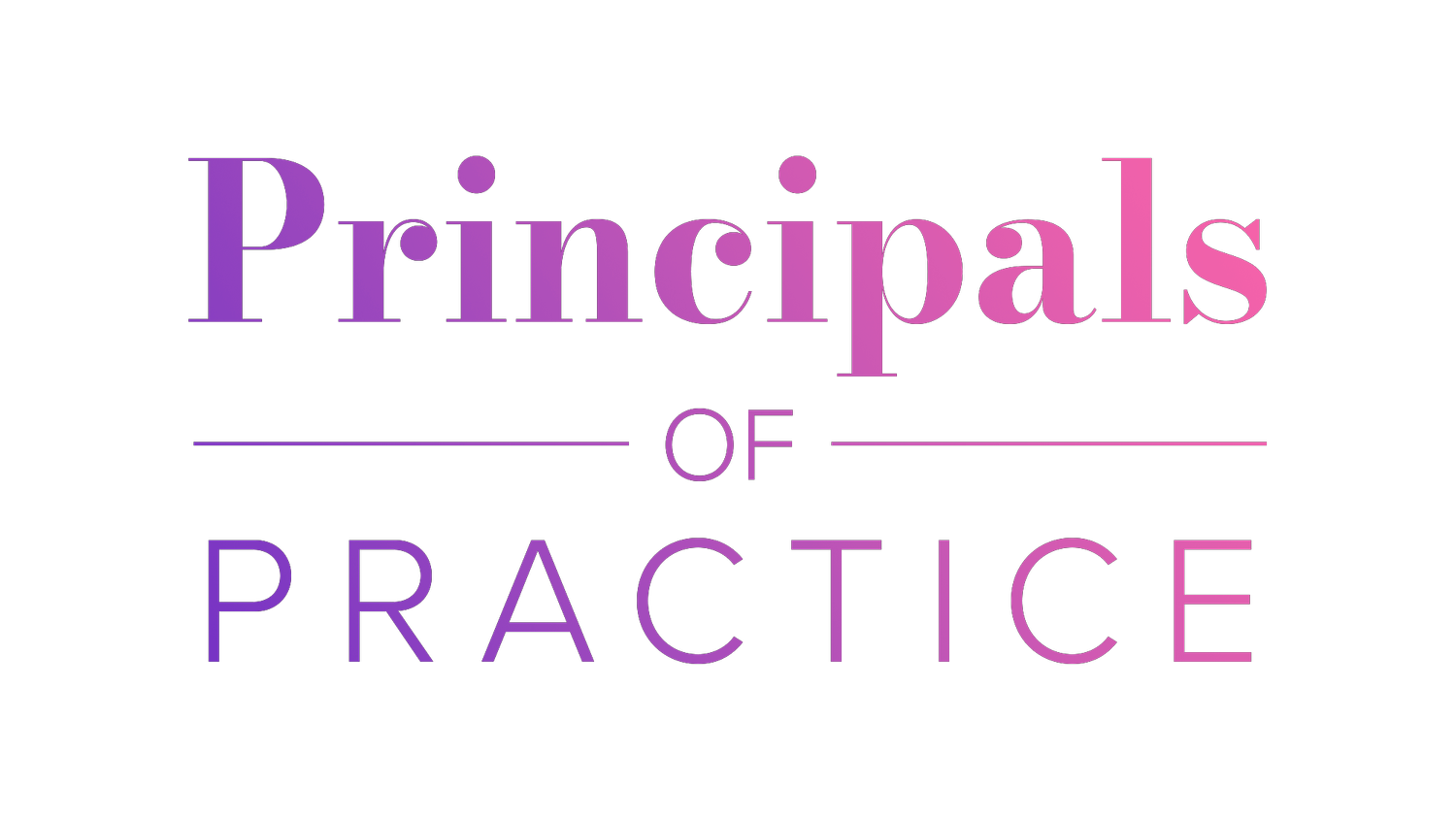Burnout: the plague within the pandemic?
While a lot has been said about how working from home during the pandemic has provided greater work/life balance, the topic of burnout has featured in many conversations I’ve had with professionals this year.
What is becoming clear is managing workplace stress is not something an individual can do alone. The perceived benefits of working from home (no daily commute and having easier access to loved ones and creature comforts during the day) may be cancelled out if leaders are not communicating effectively, pushing back on unreasonable deadlines, treating staff fairly or allowing their staff to take time away from work to recharge. Individuals must come together to support one another in prioritising the wellbeing of every member of the team.
Burnout is not just a concept regularly mentioned in the corporate or professional world, it is also recognised as an occupational phenomenon in the World Health Organisation’s International Classification of Diseases (ICD).
The ICD definition of burnout is: “A syndrome conceptualised as resulting from chronic workplace stress that has not been successfully managed. It is characterised by three dimensions:
feelings of energy depletion or exhaustion;
increased mental distance from one’s job, or feelings of negativism or cynicism related to one's job; and
reduced professional efficacy.”
The consequences of burnout to individuals and workplaces are serious. A Gallup study (https://www.gallup.com/workplace/288539/employee-burnout-biggest-myth.aspx) claims that burned-out employees are:
2.6 times as likely to be actively seeking a different job
63% more likely to take a sick day; and
23% more likely to visit the emergency room.
The root cause
What are the triggers for burnout and what can we do about it?
The root cause of burnout does not lie with the individual affected by the burnout but the organisation that employs them, according to Christina Maslach, social psychologist and professor emerita of psychology at the University of California, Berkeley.
I have heard of workplaces tackling stress during the pandemic by beefing up the employee assistance program or encouraging mindfulness activities however, these skills might not be the cure for burnout, nor the vaccine, says Jennifer Moss, workplace expert and award winning author of “Unlocking Happiness at Work”. While she endorses the idea of building resilience to better handle stress when it arises, she says that burnout happens when presupposed features in our day-to-day work lives are missing or taken away. Shouldn’t organisations be putting more resources into combating the root cause of excessive workplace stress rather than trying to manage the fallout?
Remote leadership and its connection to burnout
If the root cause of burnout lies within the organisation, or through a failure to meet these presupposed work life features at a time when people are spending less time at their workplace due to the COVID-19 pandemic, a correlation between poor remote leadership and burnout starts to make sense.
Perceived burnout is related to perceived stress and that is directly related to the leadership style, according to a 2006 study on the impact of transformational leadership on job stress.
More recent data can be found in a Gallup survey, (https://www.gallup.com/workplace/237059/employee-burnout-part-main-causes.aspx) which identified the top five factors that are most highly correlated with burnout:
unfair treatment at work
unmanageable workload
lack of role clarity
lack of communication and support from the manager
unreasonable time pressure
Armed with this data, I started to see how burnout can flourish when working from home during a pandemic.
Unfair treatment at work
The blurring of home and work lives where working parents are expected to juggle childcare, home schooling and work, while non-parents might be expected to take on an unfair share of the load due to being perceived as having fewer responsibilities.
A manager struggling to handle their emotions and deal with the pressures of leading through a pandemic might be harsh, unreasonable and fail to connect with staff.
Clients, also dealing with immense pressure, might be unreasonably demanding and curt.
Unmanageable workload and unreasonable time pressure
Fewer resources at workers’ fingertips for getting the job done efficiently and possibly having less time or energy that can be directed purely towards working.
Work routinely extending well into anti-social working hours – I’ve heard of work calls being scheduled to start at 10pm and panicked clients and stakeholders requiring higher levels of service.
Lack of role clarity, communication and support from managers
Downsizing and team restructurings resulting in employees being placed in jobs that don’t suit their full capabilities.
People joining new companies during periods of remote working without having even entered the office building, or meeting their team in person.
Fewer face-to-face and casual interactions between teams.
Stressed-out managers not knowing how to support their teams effectively.
Seeking to prevent or cure workplace stress by offering mindfulness activities or reminding staff they have unfettered access to employee assistance programs without first addressing poor leadership is an attempt to outsource the management of burnout symptoms rather than dealing with the root cause. Leaders who fail to nurture their own health and the wellbeing of their team members might very well be 23% more likely to be sending their staff to the emergency room.

